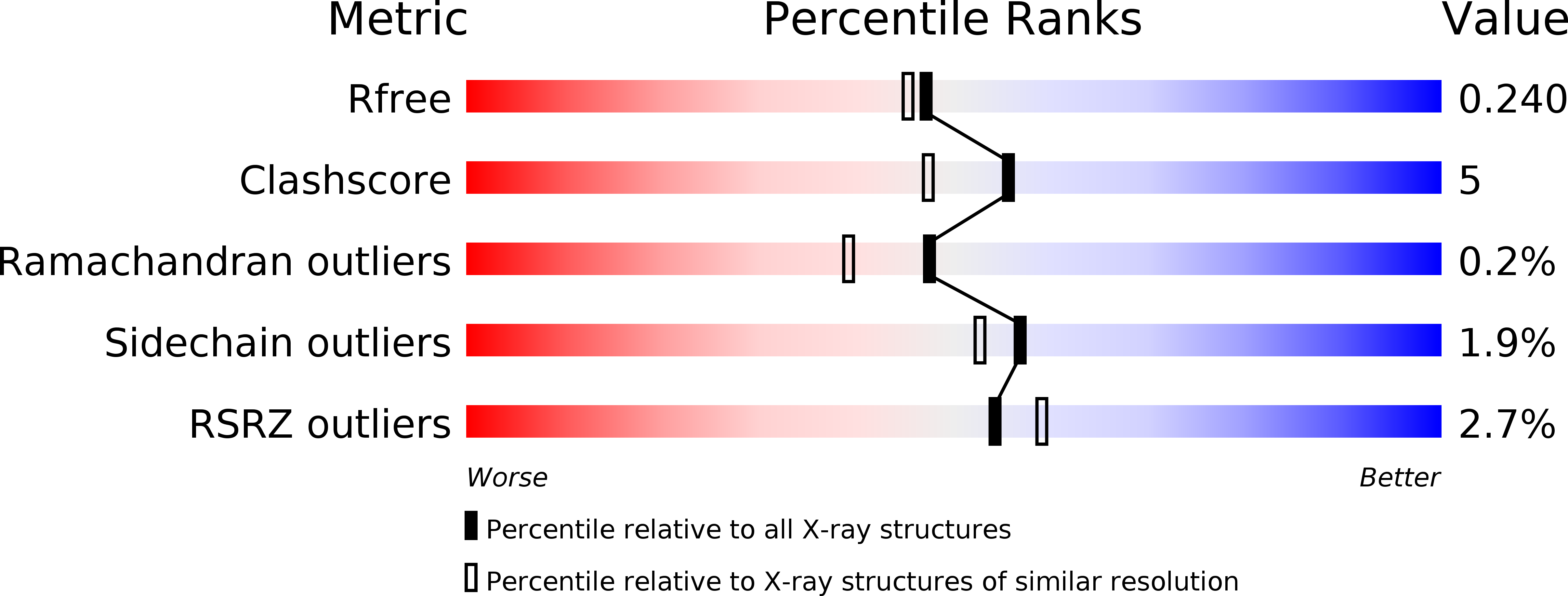
Deposition Date
2018-10-31
Release Date
2019-02-13
Last Version Date
2023-10-11
Entry Detail
PDB ID:
6MXO
Keywords:
Title:
Structure of HPoleta incorporating dCTP opposite the 3-prime Pt(DACH)-GG
Biological Source:
Source Organism:
Homo sapiens (Taxon ID: 9606)
Host Organism:
Method Details:
Experimental Method:
Resolution:
2.04 Å
R-Value Free:
0.22
R-Value Work:
0.17
R-Value Observed:
0.17
Space Group:
P 61


